|

On eBay Now...
Scarce 1917 Allied War Commission Medal Imperial Japanese Committee WW1 NYC For Sale
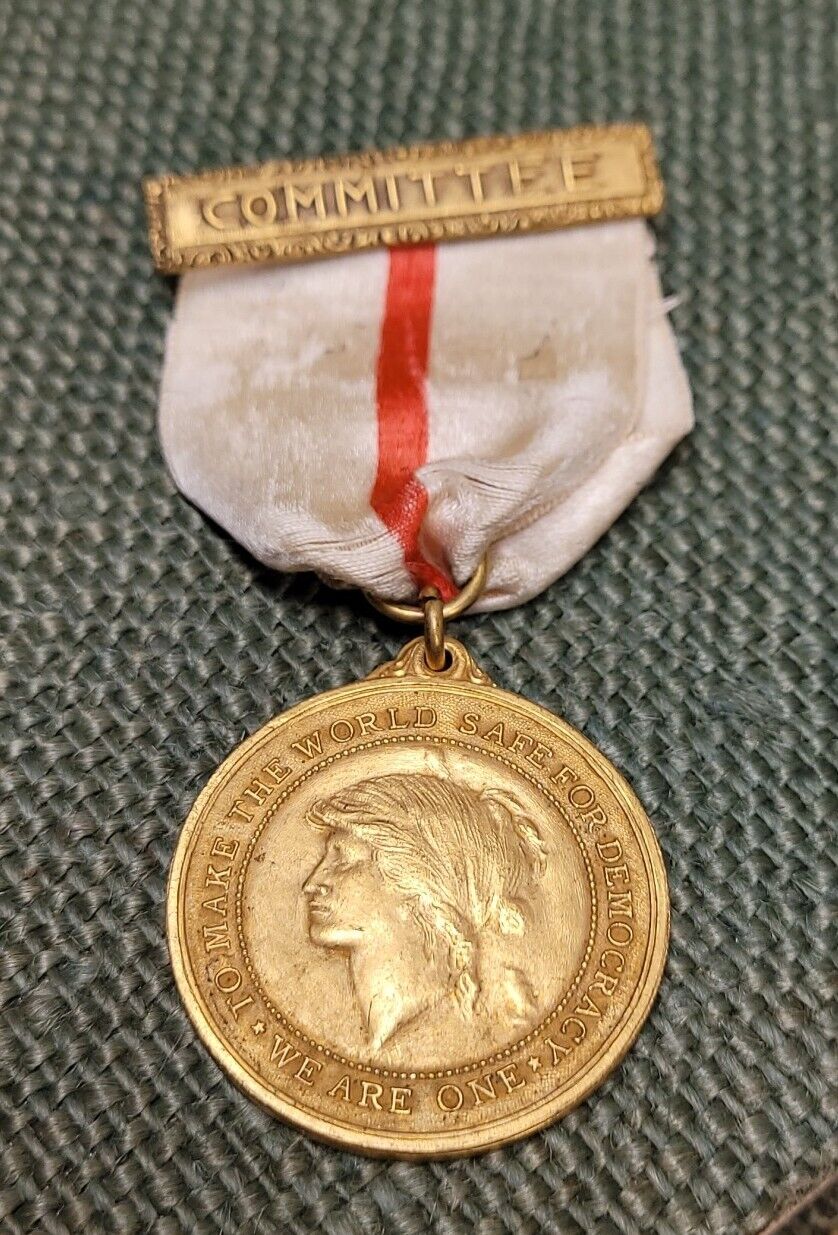
When you click on links to various merchants on this site and make a purchase, this can result in this site earning a commission. Affiliate programs and affiliations include, but are not limited to, the eBay Partner Network.

Scarce 1917 Allied War Commission Medal Imperial Japanese Committee WW1 NYC:
$205.00
An EXTREMELY rare and historic medal. These medals were presented to committee members of the Allied War Commission... on April 6th 1917 congress finally approved the US joining WW1 against the Germans... the commissions would start almostly immediately, the US would take on the role at this point of the Bank/ Production capital of the world...
The 1st visit by an allied nation would be May 9-13 of 1917 and it would be the French and British...
Later there would be Commissions for the Italians, Imperial Japanese, Serbians, Russians, Belgium War Mission. A total of 6 different commissions existed in NYC and each had its own medal produced for the committee members.. many famous and even iconic people took part in these commissions to include former president Teddy Roosevelt, Marshall Joseph Joffre, Former Prime Minister of Britian Aruthur J Balfour also famous lawyer & ambassador to London Joseph Hodges Choate, would take part and pass away 2 days after the commission.
This medal is in excellent shape... please note the ribbon is VERY fragile as they were made of silk that has greatly deteriorated... so be very careful with it when opening... otherwise it\'s about as nice as these get... I can only imagine what famous or significant world figure was awarded this medal.... interestingly it was found estate fresh with a French & British Committee example also listed separately... definitely a person who served on both committees very interesting.
Here is more from a great article on these medals The entry of the United States on the side of the Allies would prove to be decisive. American industry and agriculture would ensure that the Allies could continue to fight in spite of German successes. This would open the floodgates to Allied commissions immediately coming with hats in hands to the center of U.S. banking power in New York City. The realization that the U.S. was replacing Britain as the world’s banker was not lost on the Allies. It was logical that most of the visiting commissions would be hosted in New York City, the center of the greatest financial power at this point in history. New York City leaders received these various commissions and revelled in the celebrations honoring the visiting Allies. The First Allied Commission was the British and French Allied Commission which made a planned visit on May 9-13, 1917. Headlines trumpeted the first Allied Commission arrivals including, “Call to do Our Utmost in the War Loudly Cheered.”
The New Netherland reverse represents original Dutch Colony along the Hudson River in 1614, later changed to New York.
The New York Committee that hosted the various delegations generally followed the same route through Manhattan, starting at The Battery where they were met by the Mayor and then up Broadway to City Hall where reception ceremonies were held in the Aldermanic Chamber. The city was festooned with decorations in certain buildings and public spaces. The commission route then took the visitors to points north. The French commission placed wreaths on the Marquis de Lafayette statue in Union Square, while during the Italian Commission visit, wreaths were placed to honor Giuseppe Garibaldi Statue in Washington Square.
The culmination of the first visit by the British-French Commission produced a gathering as even New York had rarely seen before. The Mayor’s Committee hosted more than 1,000 leaders of the city’s public life, business, art, finance, and education gathered at the Waldforf-Astoria. It was the hot ticket of the night with such notables as Marshall Joseph Joffre, commander-in-chief on the Western front. Also in attendance was the former Prime Minister of Britain, Arthur J. Balfour, now acting as the British Foreign Secretary. Shouts and cheers also rang out for former President Teddy Roosevelt, the leading US advocate of entering the war with the Allies. An interesting side note is that one of the leading figures in American public life, a famous lawyer and former ambassador to London, Joseph Hodges Choate, also attended this magnificent dinner. Unfortunately, he died two days later, apparently resulting from his strenuous efforts put forth in welcoming the Allied Missions. Often, the brooches on Allied War Commission medals represent the role of the person receiving the medal.
MEDALS FOR THE COMMISSION It was entirely appropriate that special medals were authorized for the British-French Commission by the New York City Committee. Often attributed to Dieges & Clust, the 35mm circular gilt medal features the bust of Lady Liberty in the center with a border reading, “To Make the World Safe for Democracy — We are One.” The medal is usually found with a dark blue ribbon and a “Committee” brooch. British Secretary of State for Foreign Affairs, Arthur James Balfour (1848-1930) seated at left in the car next to former French prime minister René Viviani (1863-1925) during the ceremonies for the visit by the British commission to New York City on May 11, 1917. Lawyer and diplomat Joseph Hodges Choate (1832-1917) is also present. Library of Congress Flickr Commons project, 2015
The reverse of the medal has a central seal reading “New Netherland founded 1614.” The inscription around the border reads, “To Honor and Welcome the British and French War Commission May 1917.” No maker’s marks are found on the medal, but medal sets in named Dieges & Clust boxes have been offered on . Also, there may have been a special 18 Kt. gold medal marked on the edge, “Tiffany and Co.” The British-French Commission was quickly followed by the Italian Royal Commission in June 1917. The New York Committee followed the same welcome ceremonies and closing reception as the British-French Commission. The medal awarded to the Italian Royal Commission had an identical obverse as the British French medal but used a black ribbon. Some examples show different brooches including “Guest,” “Committee,” and “Decoration Committee.” While the inscriptions are identical on the Italian War Commission medals, interesting variations have been found in the reverses.
The obverse is inscribed, “The Mayor and Committee of Citizens of the city of New York to Honor and Welcome the Italian Royal Commission to the United States of America June 1917.” An interesting variation in font and with a beaded border has been seen. This would lead us to believe that maybe there were multiple makers other than Dieges & Clust.
In July 1917, the Russian War Commission was welcomed to New York City. It appears that the Allied War commissions were arriving each month. The Russian War Commission was probably sent by the Provisional Government ofKerensky. Russia was in a state of flux with an ongoing battle between the Bolsheviks and the Mensheviks for control during July 1917. The design of the Russian War Commission incorporated a horizontal bar behind the circular design, making it easy to distinguish from its British French and Italian counter parts.
The Mayors Welcome Committee provided a medal that was similar to previous medals but with the addition of the horizontal arm of a Greek-type cross. The reverse was the same as the Italian Royal Commission but with the Russian War Commission noted with the date, “July 1917.” Most examples have been seen with a red, white, and blue ribbon, but one example was seen with a red ribbon and different brooch marked “Official” (both pictured). On August 21, 1917, The Belgium War Mission soon followed the Russian visit. The medal commemorating this visit again changes form slightly, resulting in the original medal imposed on an equal arm Greek style cross. The Belgium medal is easy to identify from its red, gold, and black ribbon, again usually found with a “Committee” brooch. The reverse is identical to the Italian and Russian medals but with the Belgium War Mission noted along with the date, “July 21, 1917.” The Belgium War Commission Medal is the most distinct and easily identified of all the Allied Commission medals.
By September 1917, it was the turn of the Imperial Japanese War Commission to arrive in New York City. Japan had participated in WWI from 1914 to 1918 as an ally. The nation played an important role in securing sea lanes in the west Pacific and Indian Oceans against the German Imperial Navy. It also was an opportunity for Japan to expand it sphere of influence and seize German possessions in the Pacific and East Asia. The Imperial Japanese War Commission Medal reverted back to the original design used by the British-French War Commission with a white silk ribbon with central red stripe. It also used the New Netherland seal on the reverse. As additional Allied Commissions visited, medals noted the month and year of their arrival.
The final known medal in this series was that of the Serbian Royal Commission which arrived in New York in January 1918. This rarely seen medal used the circular design of the British-French Commission and the Italian War Commission. It had an obverse similar to that of the Russian and Belgium Commissions’ but with a January, 1918 visit date. Fortunately, the war would end in November. It would end the long nightmare of the Allied nations and result in the United States becoming a world power. The medals of the New York City Mayor’s Committee help tell the story of this short period of time. The Imperial Japanese War Commission medal is easily identified by the distinctive ribbon colors.
Please check out my other Military Medals & all my great and historical antiques and collectibles!

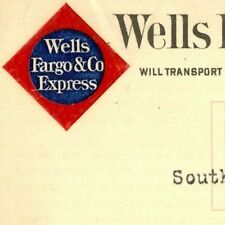
Scarce 1917 Wells Fargo Personal "Frank" ID Card G C Morris, Trainmaster SPRR $135.00
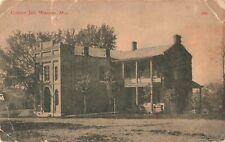
County Jail Warsaw Missouri MO Benton County Early Scarce 1917 Postcard $39.95

Scarce 1917 Allied War Commission Medal Imperial Japanese Committee WW1 NYC $205.00
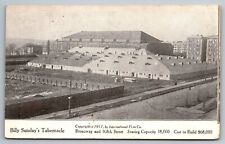
SCARCE 1917 “BILLY SUNDAY’S TABERNACLE” NYC PHOTO POSTCARD “BROADWAY & 168TH ST. $6.88
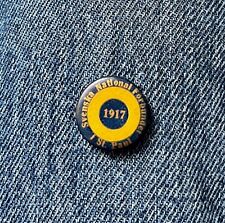
Scarce 1917 Svenska National Förbundet Swedish Festival St Paul, Mn. 3/4" Cel BP $14.99
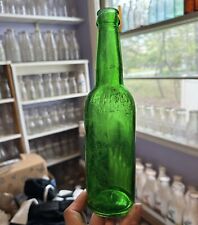
Scarce Emerald Green Schalk Newark NJ Pre Pro Beer Bottle Embossed Dated 1917 $24.99
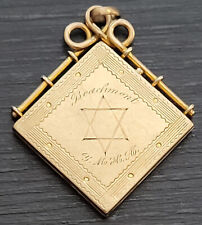
SCARCE JEWISH YMHA CAPTAIN FEINSTEIN LOCKET 1917 WWI BECHMONT 10K WORLD WAR I $300.00
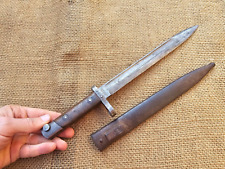
SCARCE 1917 ERNST BUSCH SOLINGEN GERMAN MANNLICHER M95 BAYONET M 1895 WWI WW1 $299.00
|